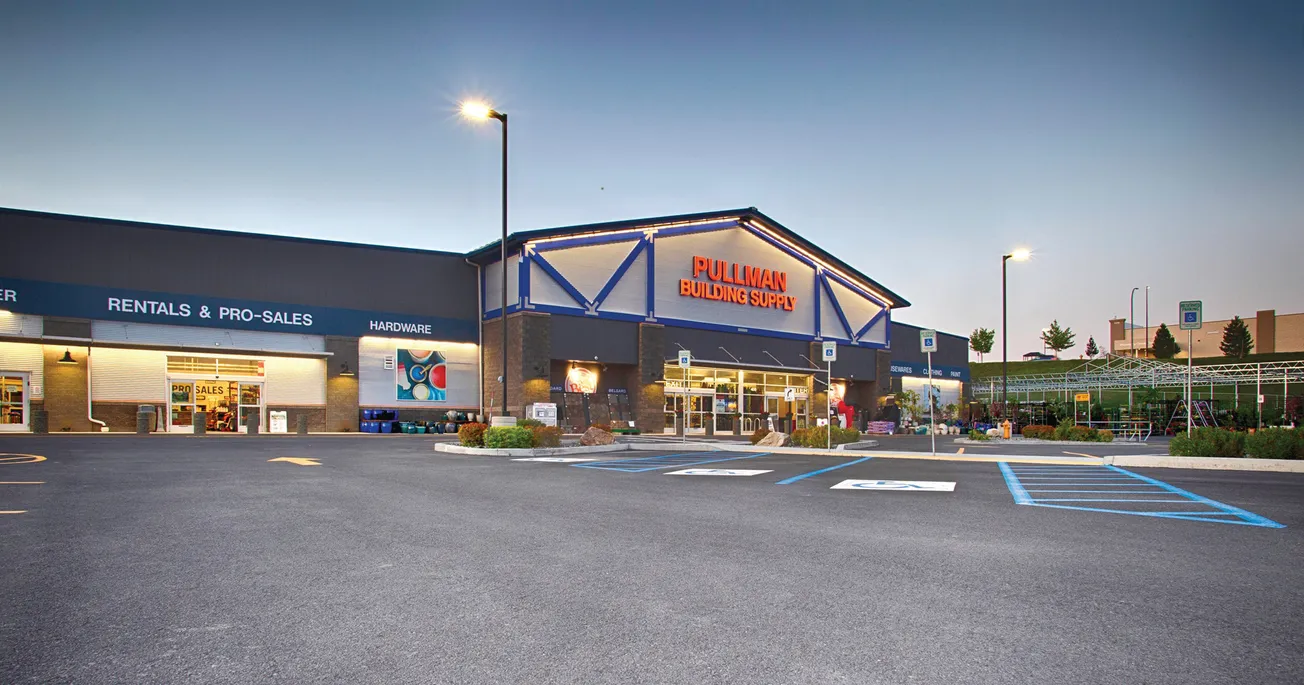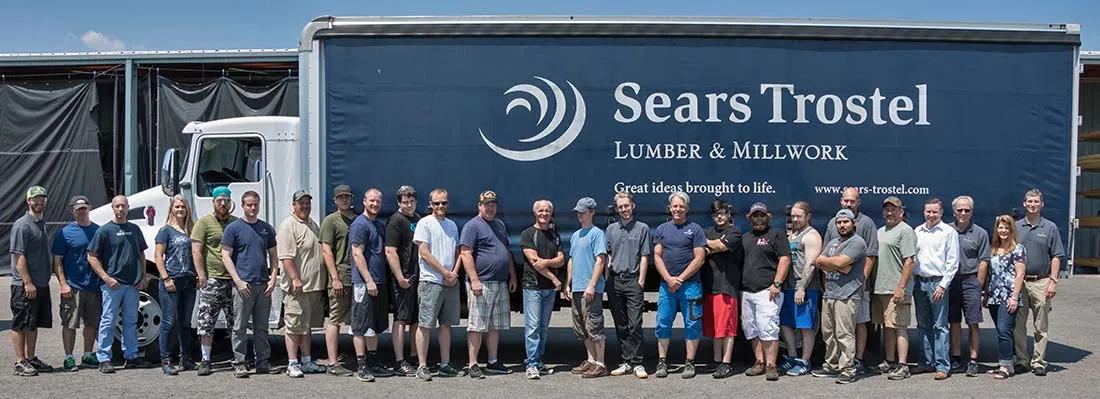Table of Contents
We’ve heard them all. “You’re just clear-cutting.”
“There won’t be any forests left.”
“What about climate change?”
“Cutting down trees is awful.”
Pursuing a livelihood in the forest products industry opens one up to being a sounding board for these and so many other misconceptions about this work. Conversations around renewability, reforestation, and forest management are few and far between: unless we start them.
For us, working at the collegiate level at an institution highly-regarded for its forestry program, affords the opportunity to both educate students about our business and to hear first-hand what the next generation of labor, both those interested in renewable materials and those in other fields of study, believe to be true about the forest products industry. We consider ourselves at the forefront of breaking many of those misconceptions, by educating the students in our programs.
Perception vs. Reality
Mika Donahue is an undergraduate student at Oregon State, studying renewable materials. She is smart, enthusiastic and insightful. Mika grew up in Vancouver, Wa., at her family’s business, RLD Company, a provider of independent timber and glulam fabrication. Founded in 1984 by her grandfather, RLD has manufactured product for notable and impressive projects in its relatively short history, like the Hiroshima Bridge and the Pavilion at Lincoln Park Zoo in Chicago.
Interestingly, though, it wasn’t growing up in the lumber yard that solidified a future in forest products for Mika. It was a TED Talk.
“While I have always loved the structural aesthetic of wood structures, it wasn’t until I watched a TED Talk from Vancouver-based architect Michael Green regarding the environmental necessity of mass timber building that I really found my spark. Learning about wood’s ability to sequester carbon and mitigate greenhouse gas emissions added a whole new level of importance to my understanding of forestry and wood construction; it set the stage for my academic pursuits,” she said.
Mika now finds herself talking with her peers about this perception vs. reality problem our industry tends to have, and she’s encouraged that the up-and-coming generation is so open-minded. “My generation is acutely aware of environmental impact. When I take even a few moments to explain reforestation, or phasing out concrete and steel for wood products, the light bulb goes on for them.”
Nearing graduation, Mika is encouraged, but realistic. She recognizes the lofty role she plays in educating her peers both to understand the forest products industry, and to recruit them to the field. “People looking for a fancy, big-city work environment might be disappointed to end up in a rural part of Washington or Oregon in their 20s,” she said. It’s important to ensure these people see the long-term potential in a career in forest products.
On Campus
That drive to make the world a better place is a common theme among students enrolled in our undergraduate program at Oregon State University. For the most part, our students come in knowing very little about what’s possible in the industry. It’s up to us to help them forge a path to working in a field where they view their company as sustainable and working to preserve the environment.
Our undergraduate program provides four tracks from which to choose: science and engineering; marketing and management; art and design; and advanced wood manufacturing. Selecting the most enticing track means each student is on the path to a very distinct part of the lumber products business. Ten years ago, we found that most of our students were heading toward the manufacturing side. Today, we see people going toward all four of these disciplines, to corners of the wood products industry they may not have even known existed.
How do we identify and recruit these students to help fill the next generation of forest products industry professionals? It’s a very organic, boots-on-the-ground sort of approach. Our location in Oregon means we’re in the middle of one of the most active forest production regions of the country. Still, this doesn’t always translate to kids like Mika becoming young adults who know what we do and why.
Much of our time is invested in career technical education (CTE) students at the high school level all across Oregon and Washington. These students have already demonstrated an interest in hands-on work, and a willingness to learn outside of the traditional classroom setting.
The teachers of these CTE programs are integral to our student recruitment efforts. They will invite us to visit their classes to present about careers in the forest products industry. They will participate in professional development opportunities that we offer for CTE teachers, during which they learn what the OSU College of Forestry is, and enhance their own knowledge and careers. Taking the message of our program back to their students results in heightened interest, and ultimately, more students enrolling than in the past.
We’re still working to overcome the public perception that the forest product industry is clearcutting. It doesn’t take long for our students to become stewards of the truth, but it remains an uphill battle to educate the public at large. One student at a time, they grab onto the beauty of what we do, and we hope, spread the word.
Wood Magic
We’re finding it vital to begin educating children long before they consider a major in the College of Forestry. At OSU, we host an interactive program on wood as a resource, designed to educate third and fourth graders about science and technology relative to wood and wood products. Hosted both on-campus and in underserved areas of Portland, Oregon Wood Magic is a three-and-a-half hour program where kids work through 13 stations, each with a different theme (e.g., common forest products, wood burning, protection from termites, durability, basic engineering concepts). The 10-minute stations are taught by volunteers: professors, grad students, and top-tier undergrads in our program.
The students learn basics of wood production and renewability, often correcting misconceptions they may have picked up prior to our program. The faculty and OSU student volunteers really enjoy these days as much as the kids do. A ‘controlled chaos’ environment is a welcome break from the usual day-to-day of campus life. For many of these kids, it’s their first exposure to a college campus and secondary education.
It’s not realistic to think that Wood Magic will recruit all its participating kids to a future in the lumber industry, but we believe educating them on the truth of what we do and how we’re making a difference, is memorable and invaluable.









